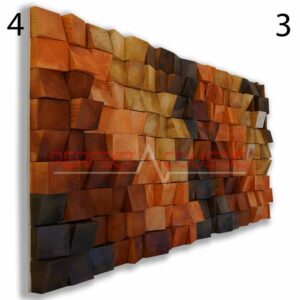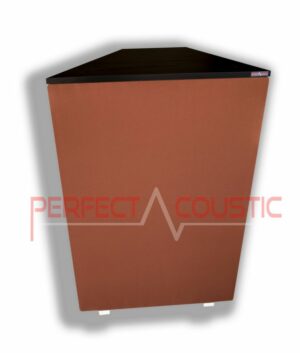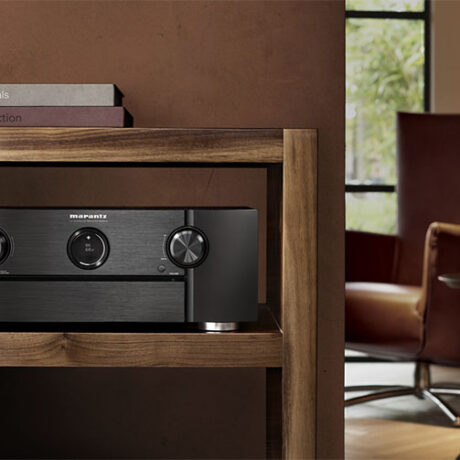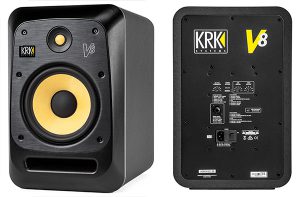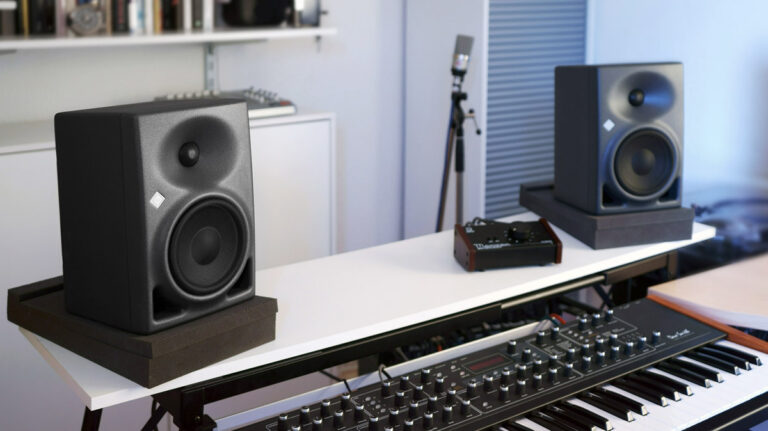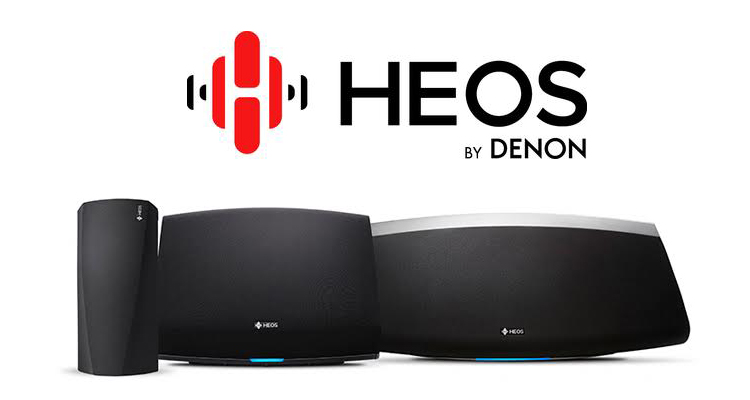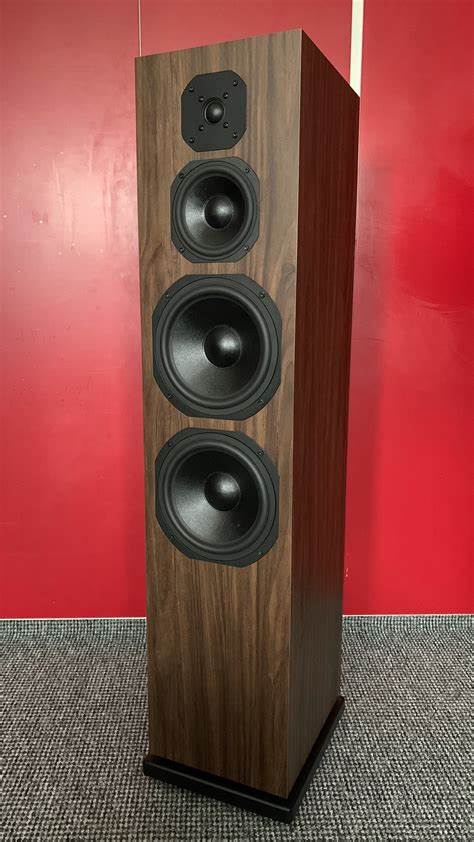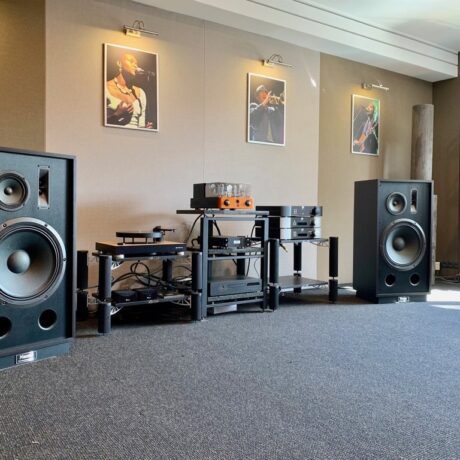Sonos Roam Bluetooth Speaker Review
The Sonos Roam is one of the best portable speakers you can get, with powerful sound, rugged design, great connectivity and smart home control. Thanks to its muscular bass performance, it is also ideal for outdoor use, but can also be used indoors.
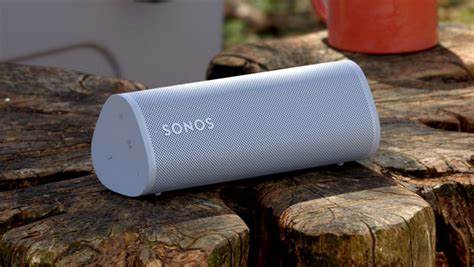
Roam detects where we are and tries to tailor the sound to the room with Trueplay tuning; and with the Sound Swap function, you can transfer the sound to the nearest Sonos speaker at the touch of a button. The IP67-rated Roam is dust and water resistant, and hopefully a software update will eliminate the bug that the device doesn’t turn off automatically, so if you don’t exit applications like Tidal or Spotify, your speaker’s can quickly run flat.
Roam allows 10 hours of continuous playback on a single charge and retains its charge for up to 10 days when not in use. To recharge the Roam, you can connect it to Sonos’ optional magnetic wireless charger or to other Qi wireless chargers, or even charge the speaker with the included USB-C cable. The compact size of the Roam fits comfortably anywhere. It can be placed vertically or horizontally.
-
Sound absorber leather membrane49 € – 253 € +Vat
-
Column Diffusers179 € – 288 € +Vat
The Roam has both Bluetooth and Wi-Fi connectivity, which means it can function as a portable speaker as well as part of a multi-room Sonos system, as well as a smart speaker thanks to Google Assistant and Alexa voice control.

Thanks to the automatic switching, you can easily navigate between Bluetooth and Wi-Fi connections, so if you get from outside to indoors, the Sonos Roam, previously paired with your Bluetooth device, will connect to Wi-Fi without having to be turned off and on again. With Auto TruePlay, the speaker automatically tunes the sound to your environment, whether you’re using Bluetooth or Wi-Fi.
Despite its small size (0.43 kg), the Roam delivers powerful sound with outstanding basses, even if it lacks a bit of the rhythmic precision you would expect from an audiophile speaker. Powerful bass comes in handy when listening to the speaker outdoors so ambient noise doesn’t overwhelm the music.
Design
Longer and thinner than the Sonos Move, the size can be likened to a water bottle, making it much easier to carry than its predecessor, and rugged enough to withstand the rigours of the weather. Sonos claims to last 30 minutes underwater. (We didn’t dare try this, because based on our previous experience, manufacturers often say that the degree of water resistance of bluetooth speakers is very generous, but in reality they have proved to be more drip-proof.)
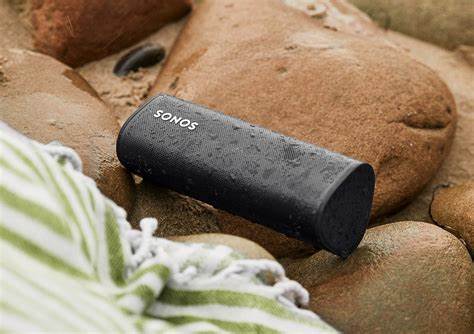
The front of the speaker features a white embossed Sonos logo; the LED above it indicates the connection status of the speaker, while another LED at the other end indicates battery life.
The control buttons are on the left side of the speaker: they control the volume, play / pause, and the microphone that can be turned on and off. Press the play / pause key twice to skip to the next track, or press three times to skip to the previous track.
How to pair Roam with other Sonos products? It’s just as easy: press and hold the play / pause button to connect it to another Sonos speaker. The light embossing of the buttons makes them more tactile and easier to use compared to the touch-sensitive buttons you will find on the uppermost part of the Sonos Move – and easier to use for the visually impaired.
Available in “Shadow” black and “Lunar” white, the Sonos Roam boasts “precision-engineered” honeycomb grids – but don’t expect true 360-degree sound.
The speaker placement is flexible: the Roam can be placed horizontally on uneven ground for stability, or vertically taking up less space. You can also buy a wireless charging stand for Roam. In terms of support for music services, AirPlay 2 on Apple devices running iOS 11.4 and later, Spotify, Apple Music, Deezer, Tidal, YouTube Music, 7Digital, Sonos Radio, and more are available through the same S2 application.
-
Giga bass panel with membrane94 € – 129 € +Vat
-
Sound of Sonos Roam
We tested the Sonos Roam speaker in our indoor office and outdoors also. Overall, we were very pleased with the performance and sound of the small speaker, but we wanted to hear a little more from the middle and lower tones as some of the details were lost due to the powerful bass; therefore, if you are using Roam indoors, you may want to adjust the EQ settings to increase the treble. Of course, the acoustic characteristics of the given room also determine the sound of the speakers.
In all rooms and offices, it is recommended to acoustic treat the walls and ceiling with sound-absorbing panels and acoustic diffusers for ideal sound balance. Do not forget about the floor surface either, place acoustic, densely woven soundproof carpets to avoid reflections. Improving the acoustics of the room is very useful in any room, as even the best, most expensive sound systems do not sound good if the room is echoed or there is too much bass sound. In the case of the Sonos Roam, the low frequencies work very well outdoors, where there are no walls for the sound to bounce back, but indoors the bass has a little overpowered effect that spoils musical enjoyment.
The Sonos Roam lacks the precision and rhythm of audiophile speakers, but you can’t expect a comprehensive and perfect sound from a speaker of this size.
The transducer in the speaker converts the electrical signal into a wave-shaped change in air pressure – the sound you hear – and this movement requires space as well as space inside the speaker to move as much air as possible. Sonos’ designers managed to reduce the size by making the transducer part of the enclosure itself, making the speaker smaller, lighter, while still delivering sound quality. Sound Swap is one of the best features on Sonos Roam that allows you to transfer music from Sonos Roam to the nearest available Sonos speaker and vice versa. We tried Sound Swap paired with two Sonos One speakers and a Sonos Sub subwoofer and it worked smoothly. As mentioned, this function also works the other way around, so if you hold down the play / pause button, the sound will be transferred from another speaker to the Roam.
Even though manufacturer focused on portability, Roam is very much part of the Sonos system, which means you can use it as part of a multi-room audio setup, or pair two speakers to obtain stereo sound.
To start using Sonos Roam, you need to connect to a Wi-Fi network through the Sonos S2 APP. It only took a few minutes to set up the speaker.
Roam also works with Google Assistant and Alexa voice controls. With the voice assistant of your choice you can turn on the speaker, control other smart home devices, all you have to do is connect to Wi-Fi.
Setting up Sonos Roam with Google Assistant is super easy: the Sonos APP directs the user to the Google Home APP to make the settings. We found that the microphones were able to record our voice quite clearly, even when the music was playing at a medium volume.
-
Art diffusers 60x60x6cm129 € – 168 € +Vat
-
Corner bass trap with membrane-108x64x23cm135 € – 142 € +Vat
Summary
Despite its small size, this speaker delivers powerful performance with outstanding bass. The speaker features two Class H amplifiers, a high-efficiency motor that Sonos says increases audio output performance and range, as well as an excellent center speaker and a tweeter. While the sound doesn’t fill the space as much as the larger Sonos Move, the Roam produced one of the best sounds among the portable speakers we have tested so far, thanks to its clever design.
The Sonos Roam can be easily integrated into an existing Sonos system. It is indeed an excellent portable speaker delivering very powerful basses ideal for outdoor music experience. The price is quite high compared to other portable speakers, you can also find much cheaper ones on the market. While its sound performance is really very good, the bass frequencies can be too sharp indoors, while rhythm quality could be better.
Google Now or Alexa can only be used over a Wi-Fi connection, so we can’t use these smart home features over a Bluetooth connection.
G.H.
Written by Róbert Polgár






